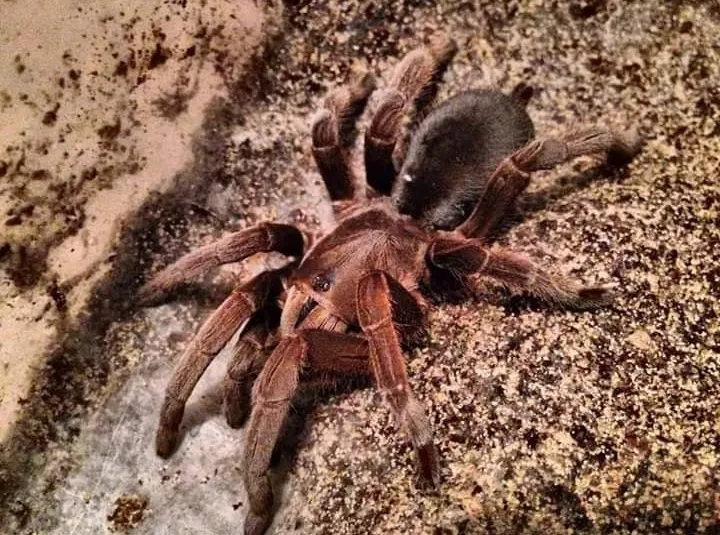What are Queensland Tarantulas?
Queensland tarantulas, also known as Australian tarantulas, are large, hairy spiders belonging to the Theraphosidae family. They are a fascinating group of arachnids that capture the attention of both arachnophiles and the general public. Found primarily in the state of Queensland, these spiders are a unique part of the Australian ecosystem. These impressive creatures are not just spiders; they are a testament to the diversity and wonder of the natural world. They play a significant role in their environment, helping to control insect populations and serving as a food source for other animals. Their existence in Queensland adds to the state’s rich biodiversity.
Appearance and Identification
Identifying a Queensland tarantula involves looking closely at its physical characteristics. These spiders are immediately recognizable due to their large size and the presence of a hairy body. Unlike many other spiders, they are robust and powerfully built, a clear indication of their predatory lifestyle. Key features include their eight legs, two body sections (cephalothorax and abdomen), and distinct chelicerae (mouthparts). Coloration varies, but they often display shades of brown, black, and sometimes reddish hues. The specific color can depend on the species and the environment in which they live. Identifying these spiders correctly helps distinguish them from other, potentially harmless, arachnids.
Size and Coloration
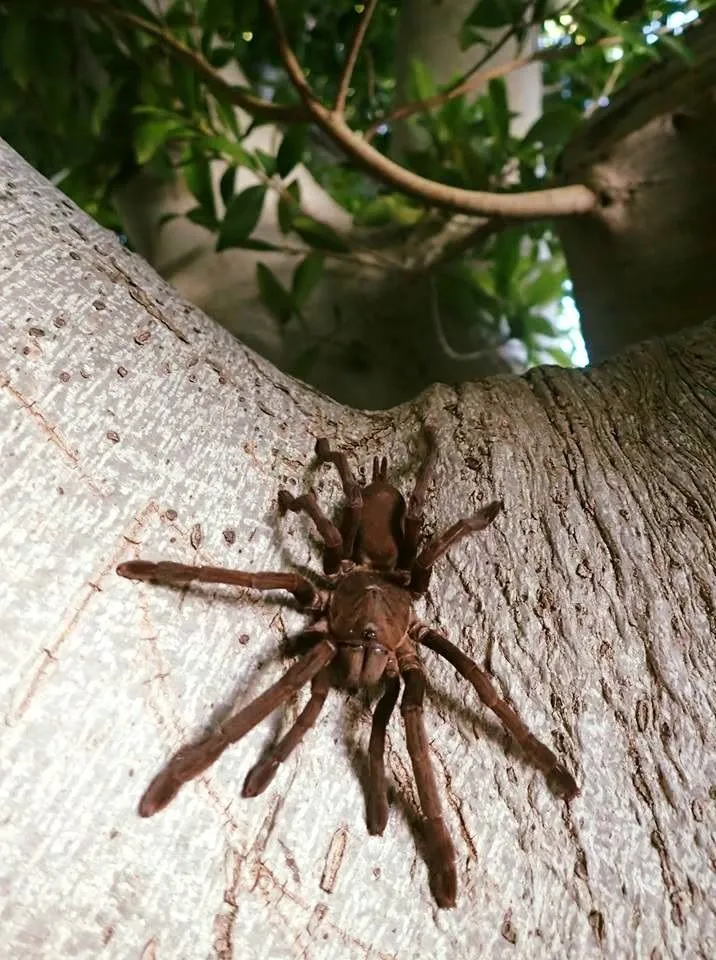
The size of a Queensland tarantula can vary depending on the species, but they are generally quite large, with some reaching a leg span of up to 22 centimeters. Their size is one of the primary characteristics that sets them apart from other spiders. As for coloration, these tarantulas exhibit a range of colors. Many have a brown or black body, with some species displaying reddish or tan hairs. The colors can also be influenced by the spider’s habitat and its diet. Color patterns aid in camouflage, helping the spiders to blend in with their surroundings. The overall size and color of these tarantulas are key features for identification and are part of their natural adaptation to their environment.
Habitat and Distribution
Queensland tarantulas are endemic to Queensland, Australia, and are primarily found in the warmer, more humid regions of the state. Their habitat is largely dictated by their need for shelter and food. They tend to favor areas with dense vegetation and soft, easily burrowed soil. They can be found in rainforests, woodlands, and even suburban gardens, provided the environment is suitable. Their distribution is not uniform across the state, with certain species preferring specific microclimates or ecosystems. The presence of these spiders in an area often reflects the health of that ecosystem and the availability of prey.
Where They Live
Queensland tarantulas are primarily terrestrial spiders, meaning they spend most of their lives on the ground. They create burrows in the soil, which serve as both shelter and a place to ambush prey. These burrows can be quite elaborate, with some species constructing silk-lined tunnels. They are masters of adaptation, building their homes to suit the terrain and climate. In urban areas, they might be found in gardens or under sheds, provided they have access to suitable soil for burrowing. Their choice of living space is crucial for their survival, offering protection from predators and the elements.
Their Natural Environment
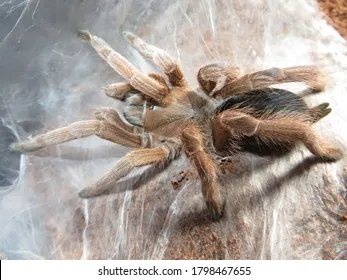
The natural environment of Queensland tarantulas is characterized by a warm, humid climate, plenty of vegetation, and an abundance of insects, which serve as their primary food source. They thrive in ecosystems that offer plenty of cover and protection from predators. The presence of loose soil is essential for burrowing, allowing them to create secure homes. The vegetation in these environments provides not only cover but also a source of moisture. These spiders play an important role in maintaining the balance of their ecosystem, acting as both predators and prey. The health of their environment directly impacts the well-being and survival of Queensland tarantulas.
Top 5 Amazing Facts about Queensland Tarantulas
Venom and Bite
Queensland tarantulas, like all tarantulas, possess venom, but their bite is generally not considered life-threatening to humans. Their venom is primarily used to subdue prey, not for defense against humans. The effects of a bite can vary depending on the individual, but symptoms are usually mild, including localized pain, redness, and swelling. In rare cases, more severe reactions can occur, but these are uncommon. While their bite is not typically dangerous, it’s best to avoid handling these spiders to minimize the risk of being bitten. Understanding their venom is crucial to understanding their behavior and their place in the ecosystem.
Is it Dangerous?
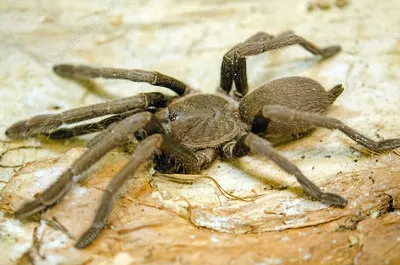
The bite of a Queensland tarantula is generally not considered highly dangerous to humans. Their venom is not potent enough to cause serious systemic effects. However, it is important to remember that any bite from an arachnid can cause some level of reaction. Symptoms can range from mild pain and swelling at the bite site to more pronounced local effects. In some cases, allergic reactions can occur. Medical attention is usually not required, but it’s always wise to monitor the bite area and seek medical advice if you experience severe symptoms. It is better to observe from a safe distance than risk a bite.
The Venom’s Effect
The venom of a Queensland tarantula is designed to immobilize their prey, such as insects and small invertebrates. When a tarantula bites, the venom enters the prey’s system and acts quickly to paralyze them, making them easier to consume. The effects of the venom on humans are usually less severe, resulting in localized pain and possibly some muscle cramping. The venom is not designed to kill larger animals, and its composition is primarily suited to breaking down the prey’s systems for digestion. While it can cause discomfort, the venom’s effects on humans are generally short-lived.
Feeding Habits
Queensland tarantulas are carnivorous predators, relying on insects and other small invertebrates as their primary food source. They are opportunistic hunters, waiting patiently in or near their burrows for unsuspecting prey to pass by. Their diet includes a variety of insects, such as crickets, beetles, and cockroaches. They may also occasionally consume small vertebrates, such as lizards or small frogs. The tarantula’s hunting style involves a swift strike and the injection of venom to paralyze the prey. The spider then uses its chelicerae to grind the prey and consume it. They are essential in regulating insect populations in their habitats.
What They Eat
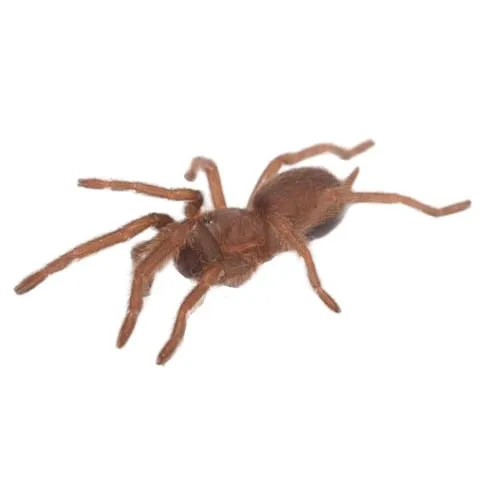
The diet of a Queensland tarantula is primarily composed of insects. They will eat almost any insect they can catch and subdue. Common prey includes crickets, grasshoppers, beetles, and various types of bugs that are abundant in their environment. Larger tarantulas may also occasionally prey on small vertebrates, such as small lizards or frogs, if they have the opportunity. The size and availability of prey affect a tarantula’s growth and overall health. Their diet varies slightly depending on the local ecosystem and the types of insects most common in that area.
Hunting Techniques
Queensland tarantulas employ a variety of hunting techniques, but they are primarily ambush predators. They typically wait in or near their burrows, hidden from view, until prey comes within striking distance. When an insect or other potential food item is close enough, the tarantula will launch a rapid attack. They use their fangs to inject venom, which quickly paralyzes the prey. Once the prey is immobilized, the tarantula will drag it back to its burrow to feed, using its chelicerae to grind up the insect and extract its nutrients. Their ability to ambush prey and their effective venom makes them skilled hunters.
Lifespan and Reproduction
Queensland tarantulas have a relatively long lifespan compared to many other spider species. Females can live for up to 20 years or more, while males typically have a shorter lifespan, often only living for a few years. Their long lifespan is one reason for their ability to thrive in their environment. Reproduction involves a complex mating ritual, where the male tarantula must approach the female cautiously to avoid being mistaken for prey. After mating, the female lays her eggs in a silken egg sac, which she fiercely protects until the spiderlings hatch. The life cycle from egg to adult can take several years.
How Long Do They Live?
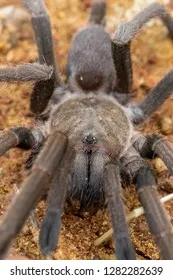
The lifespan of Queensland tarantulas varies between males and females. Female tarantulas can live for a considerable time, with some individuals living for 20 years or more. This longevity allows them to reproduce multiple times and contribute significantly to the population. Males, however, have a shorter lifespan. They typically live for only a few years, often only surviving for a year or two after reaching maturity. The shorter lifespan of males is primarily due to the risks they face during mating and their generally less active lifestyle after mating.
Mating Rituals
The mating rituals of Queensland tarantulas are intricate and fascinating. Male tarantulas must approach the female with caution, as they risk being mistaken for prey. They often use a series of courtship displays, such as drumming their legs on the ground, to signal their intentions and avoid aggression. The male uses special structures on his pedipalps to deposit sperm into the female’s reproductive tract. After mating, the male often retreats quickly to avoid being cannibalized by the female. The successful completion of these rituals is critical for the tarantula population’s survival.
Conservation Status
The conservation status of Queensland tarantulas varies depending on the species and the local environment. While some species are relatively common, others may face threats due to habitat loss, climate change, and human activities. It’s important to monitor their populations and take measures to protect their natural habitats to ensure their survival. Conservation efforts focus on preserving their habitats, educating the public about the importance of these spiders, and mitigating the impacts of human activities. Awareness and proactive measures are crucial for the long-term preservation of these fascinating creatures.
Threats to Survival
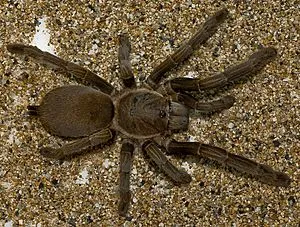
Queensland tarantulas face a variety of threats that can impact their survival. Habitat loss due to deforestation, urbanization, and agriculture is a primary concern. Climate change can also affect their habitats, leading to shifts in temperature and rainfall, which could impact their food sources and living conditions. Human activities, such as the use of pesticides, can also have a negative impact on tarantula populations, reducing their prey and potentially poisoning the spiders. Understanding and mitigating these threats is crucial for the conservation of these animals.
Efforts to Protect Them
Various efforts are being undertaken to protect Queensland tarantulas. Habitat conservation is a key strategy, focusing on protecting existing habitats and restoring degraded areas. Public education plays a crucial role in raising awareness about these spiders and their importance in the ecosystem, helping to reduce the negative impact of human activities. Scientific research is ongoing, aimed at better understanding their ecology and the threats they face. Legislation and regulations aimed at protecting their habitats and controlling the use of pesticides are also essential for the preservation of these remarkable creatures. All of these efforts work together to safeguard Queensland tarantulas for future generations.
Conclusion
Queensland tarantulas are amazing creatures that play a vital role in their ecosystem. From their unique appearance and habitats to their hunting techniques and venom, there’s much to appreciate about these spiders. While they may appear intimidating, they are generally harmless to humans, and their presence enriches the biodiversity of Queensland. Understanding their behavior, their environment, and the threats they face is essential to ensure that these remarkable creatures continue to thrive. Conservation efforts and public awareness will be key to preserving these fascinating arachnids for future generations.
